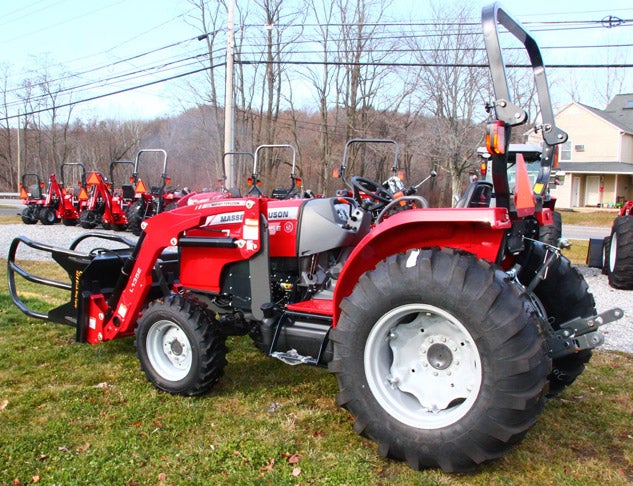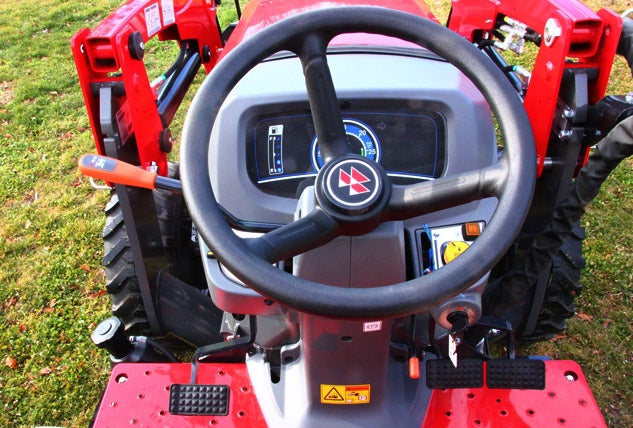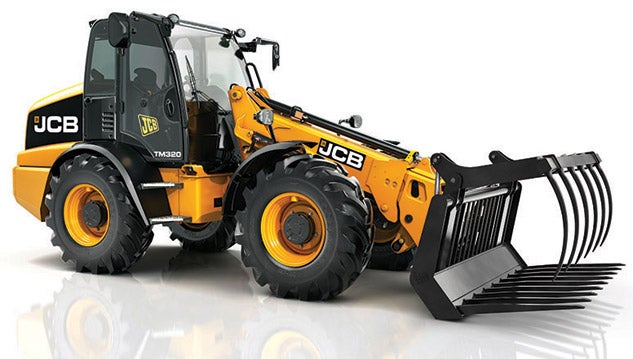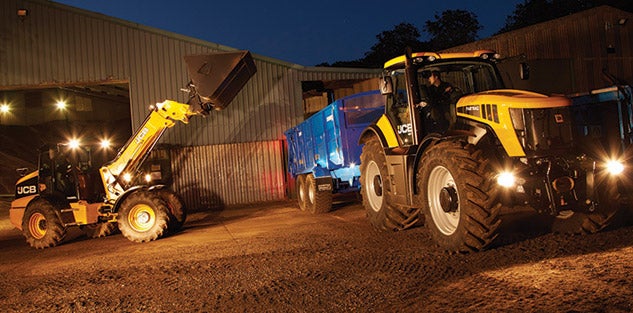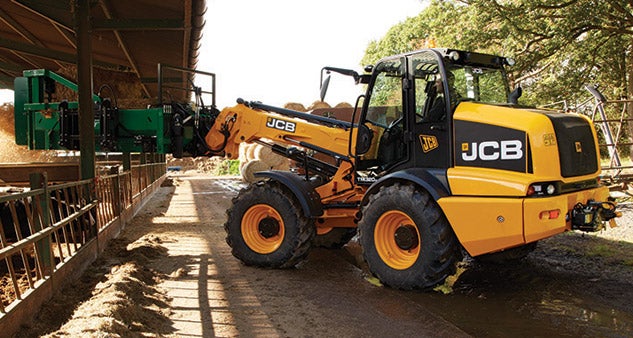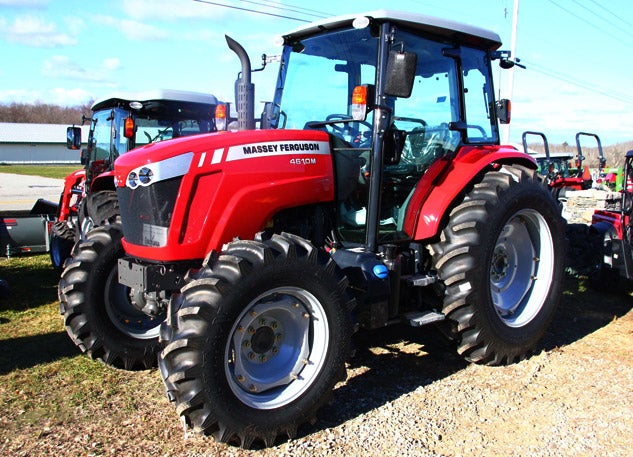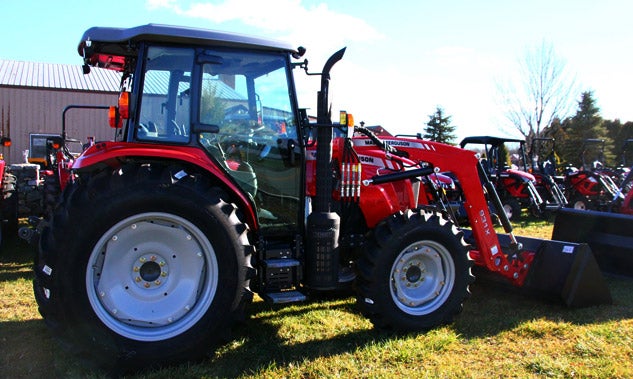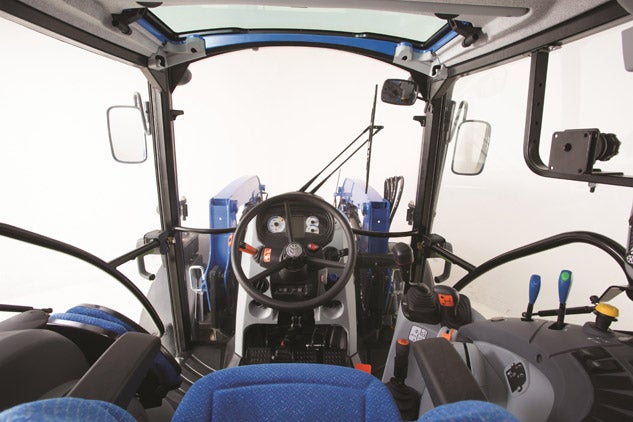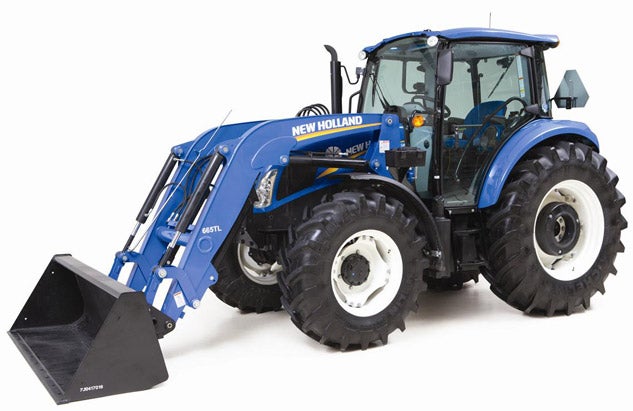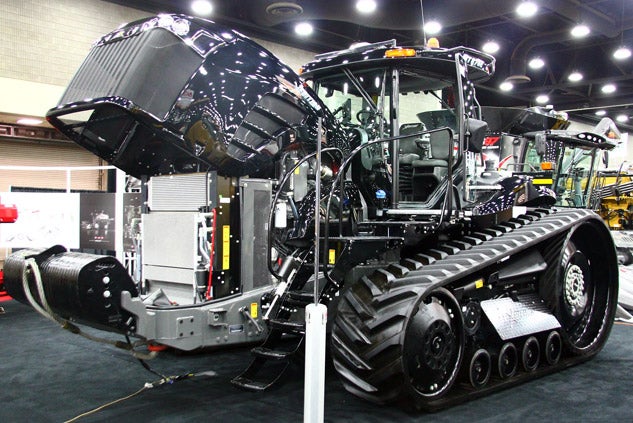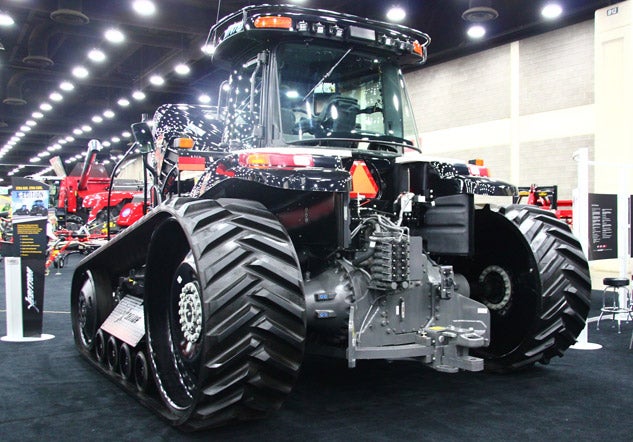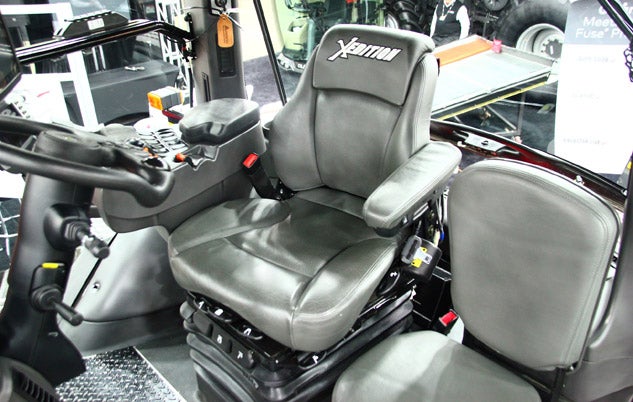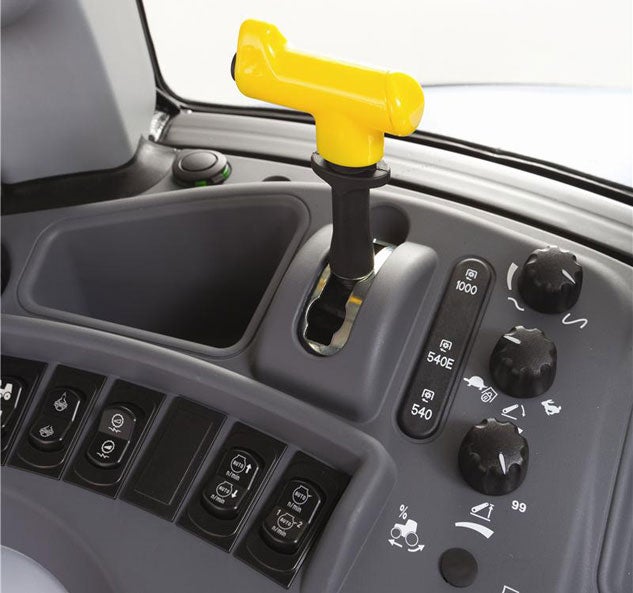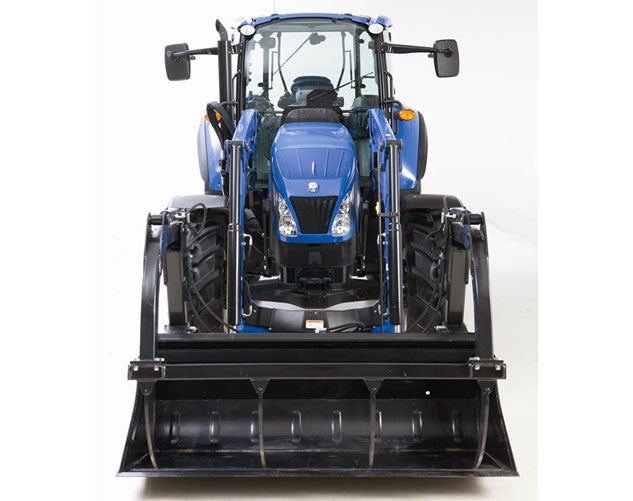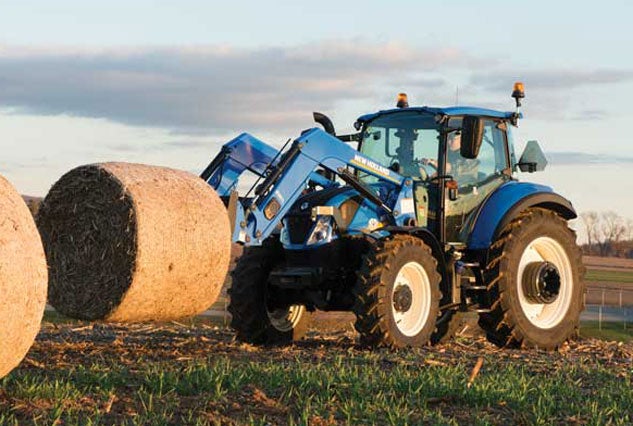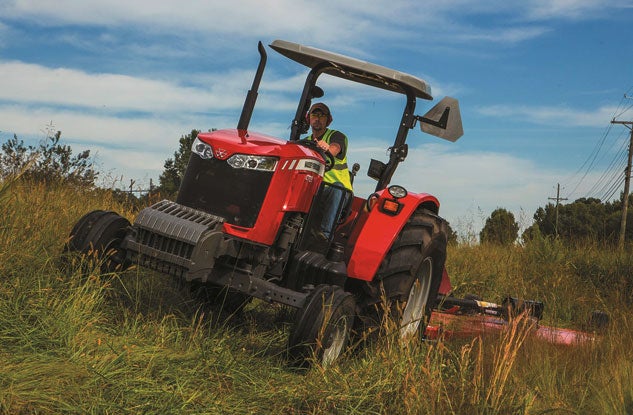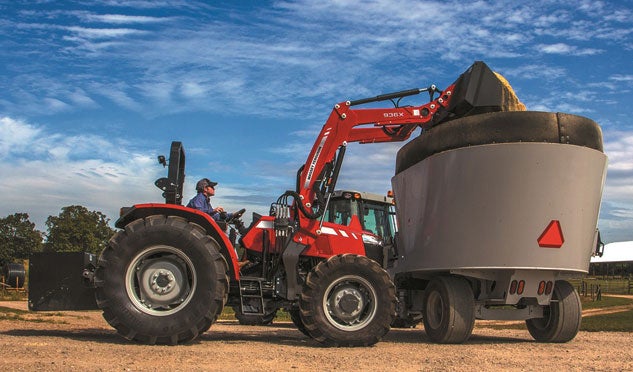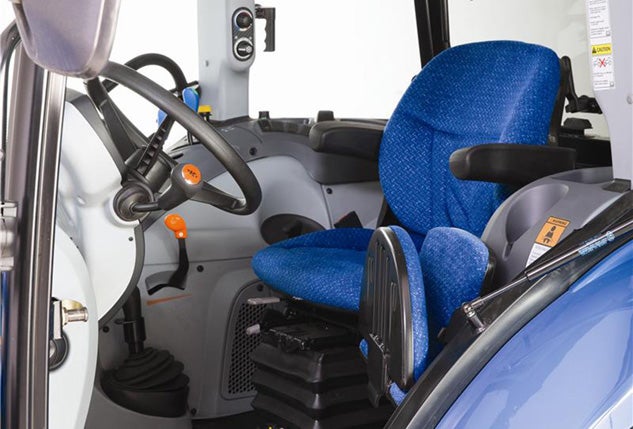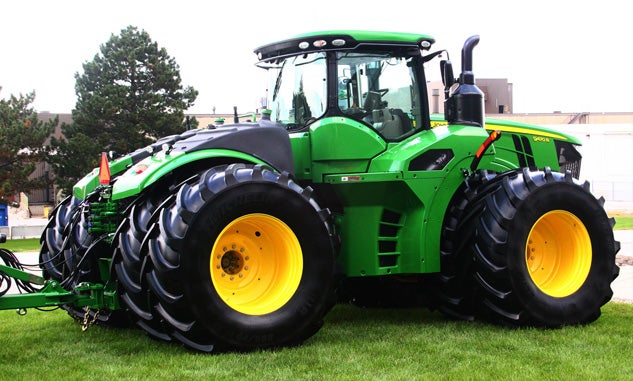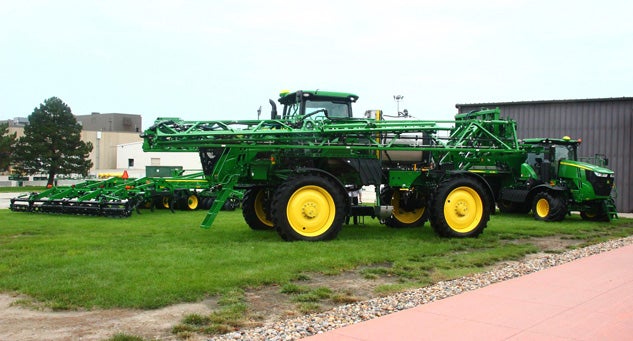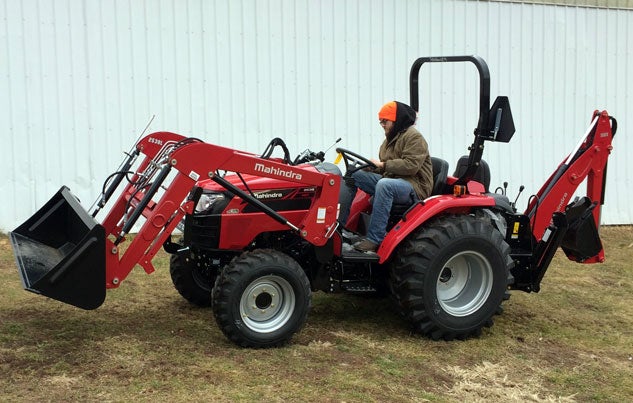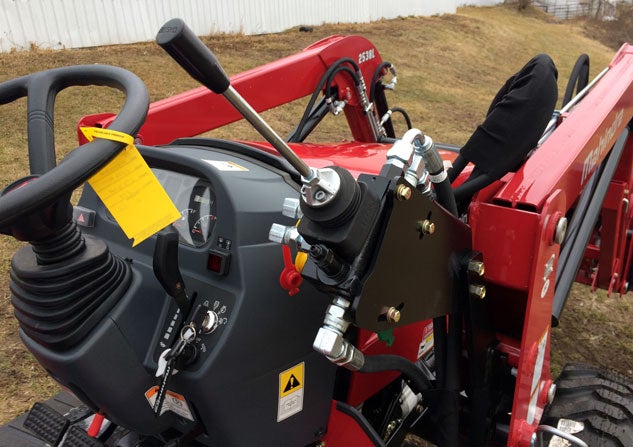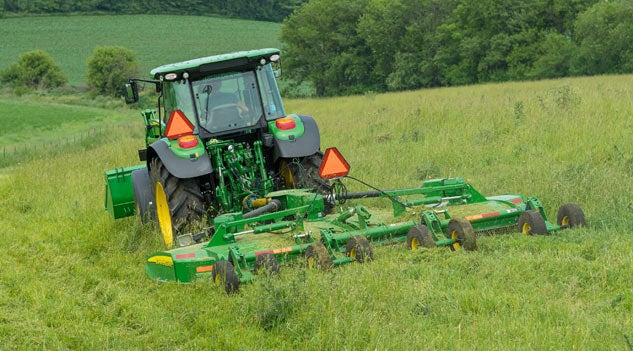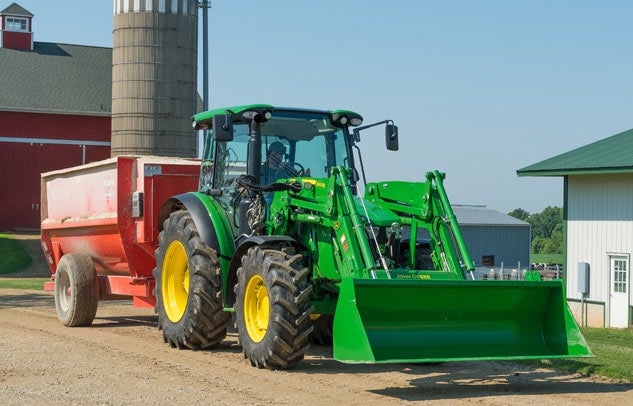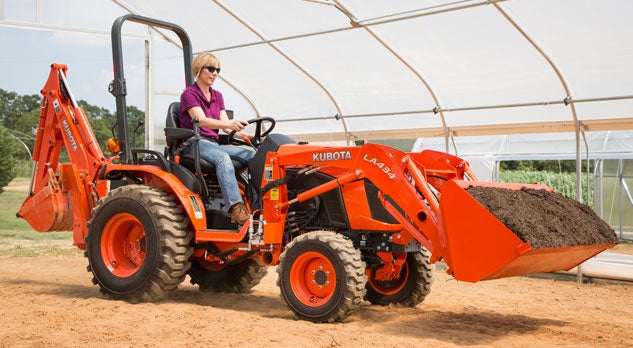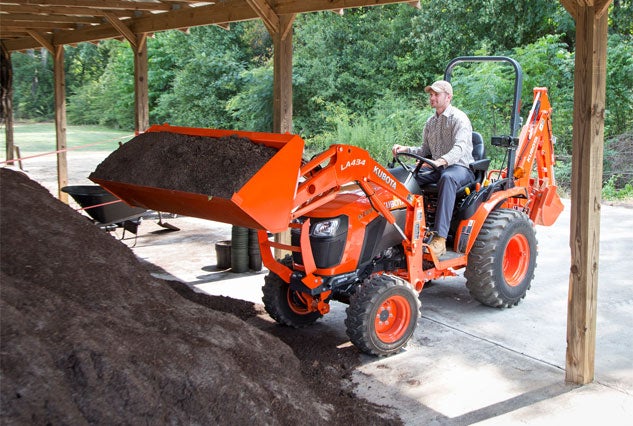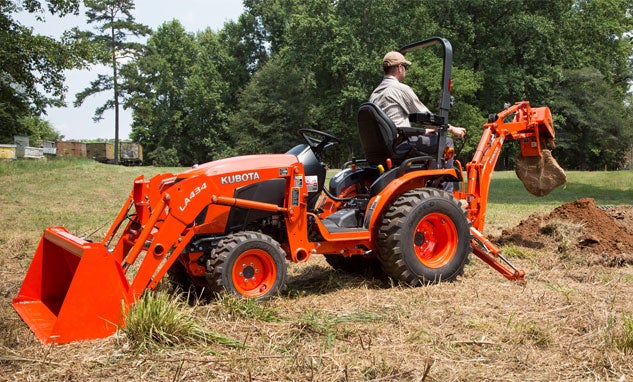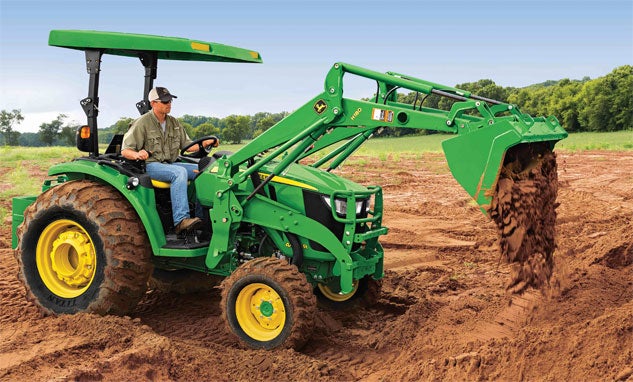Starting in 2013, the planting industry was flooded with new innovations that promised to revolutionize row-crop planters. That year, Precision Planting and Kinze introduced the first electric-drives, allowing row-by-row population control. At the tail end of 2013, Kinze introduced the first multi-hybrid planter. Not one to be left behind, Precision Planting introduced its retrofitable multi-hybrid metering system in early 2014 along with the SpeedTube. Less than a month later, John Deere introduced its take on high-speed planting: ExactEmerge.
The introduction of high-speed and multi-hybrid planters moved the planting industry forward light years in two short years. Unfortunately, this happened at the same time farm incomes started to fall, ultimately plunging 31% from 2013 to 2015. Faced with shrinking incomes and a late-model fleet of equipment, many farmers pulled in the reins on equipment purchases.
Recognizing that not all farmers can justify the cost of the new-high tech planters, this year several manufacturers introduced middle-ground planters. These give farmers access to some of the new features at a lower price.
Case IH 2000 Series Early Riser Planter
Precision Planting has more than lived up to its name by providing a wide variety of products that greatly improve the ability of planters to accurately singulate and space seeds. However, the products have always had one drawback – there wasn’t a planter made for the components. You either had to retrofit your current planter or, for the past two years, you have been able to order a Case IH or AGCO planter with Precision Planting components. Now, for the first time, you can order a planter designed specifically for Precision Planting technology.
The all-new Case IH 2000 Series Early Riser Planter is built with heavy-duty cast components and a rugged row unit, which will allow you to plant at speeds up to 10 mph. To achieve faster planting speeds, the planter is available with all of the latest Precision Planting tools, including the vSet 2 meter, vDrive electric drive, DeltaForce hydraulic downforce, and SpeedTube flighted belt. You can purchase a high-speed, 16-row planter with these options, plus wing down-force control, in-cab adjustable CleanSweep residue managers, and a liquid fertilizer system, for $260,000. Or you can buy a base model starting at $166,000, depending on the needs of your operation. The first models, including 12-, 16-, and 24-row 30-inch front-fold machines, will be available in 2017.
Case IH is also offering 1200 series Early Riser planter models with select Precision Planting technology, including vSet electric drive meter system, CleanSweep, and DeltaForce. The 1200 series planters with these features will be available for $186,000 list price with close-out specials in 2016.
AGCO White Planters 9800VE Series
Case IH isn’t the only manufacturer incorporating Precision Planting technology into its planter. AGCO is also introducing the new White Planters 9800VE series with Precision Planting components. Building off the 9000 series row units, the VE planter series will be available with vSet meters with vDrive electric drive, 20/20 SeedSense, DeltaForce hydraulic downforce, and FieldView data collection.
“Researchers continue to learn and quantify the yield benefits of accurate seed placement. With that understanding, our customers are demanding technology that will allow them to capture the full yield potential of every seed planted,” says Conor Bergin, AGCO. “The 9800VE series planters are equipped to do just that, in addition to providing the long-lasting durability and simple maintenance and operation White Planters has provided for more than 40 years.”
The planters are built on three-section frames that flex 21° up or down at each wing for consistent planting depth. In 2017, the planters will be available with 30-inch row spacing in 12-, 16- and 24-row configurations. Pricing information for the White planters has not been released.
John Deere MaxEmerge 5e
Although John Deere recently purchased Precision Planting, the company isn’t incorporating any Precision Planting tech on its new planter configuration: MaxEmerge 5e.
When Deere introduced the ExactEmerge high-speed planter two years ago, the company also released the MaxEmerge 5. The row units on the MaxEmerge 5 combined the best features of the MaxEmerge XP and Pro-Series XP units, including double eliminator adjustments, more durable gauge wheel arms, and the option of spring or pneumatic downforce control and hydraulic or ground drive. The row units also featured a new common vacuum meter design that achieves 99% seed singulation.
The MaxEmerge 5 improved planting accuracy, but not to the degree that ExactEmerge does with its electric-driven meters, brush belt trench delivery system, and active pneumatic downforce. Now John Deere is bridging the gap between the two planters with the MaxEmerge 5e. This new planter configuration, which isn’t available just yet, features an electric drive system for the MaxEmerge 5 row unit.
“There’s a seed tube, but it does share a lot of the features with ExactEmerge,” says Adam Sipes, John Deere. “This includes curve compensation, SeedStar 3 monitoring capability, and vacuum automation. You also get the ability to add options, such as hydraulic row-by-row downforce and pneumatic closing wheels.
“If you add it all up, you get better depth control, better spacing and population accuracy, and better seed-to-soil contact,” sums up Sipes about MaxEmerge 5e.
A 16-row MaxEmerge planter starts at $123,104 and the base price for a 16-row ExactEmerge planter is $178,494, so you can expect the MaxEmerge 5e to fall somewhere in between the two.
Kinze 4900 with Hydraulic Drive
Kinze is also offering a middle-ground planter – with some advanced technology features, but at a lower price than the decked-out version.
The 4900 series, introduced in 2013, has been available with a vacuum seed meter and electric drive as well as with mechanical brush-type or finger pickup seed meters with ground contact drive. For 2016, Kinze is offering a dealer-installed hydraulic drive kit for the 4900, which can be a factory-installed option starting in 2017.
“From simple solutions to advanced technology, the 4900 planter now has a number of options to meet individual farmer’s needs,” says Susanne Veatch with Kinze.
The 4900 is a front-fold planter with 30-inch spacing available in 12-, 16-, and 24-row sizes. The planter features hydraulic weight transfer and cast iron row units with 12 inches of travel. Pricing information is not yet available for the 4900 with hydraulic drive.
(Source – http://www.agriculture.com/machinery/farm-implements/planters/new-plter-configurations-from-case-ih_231-ar52351)

